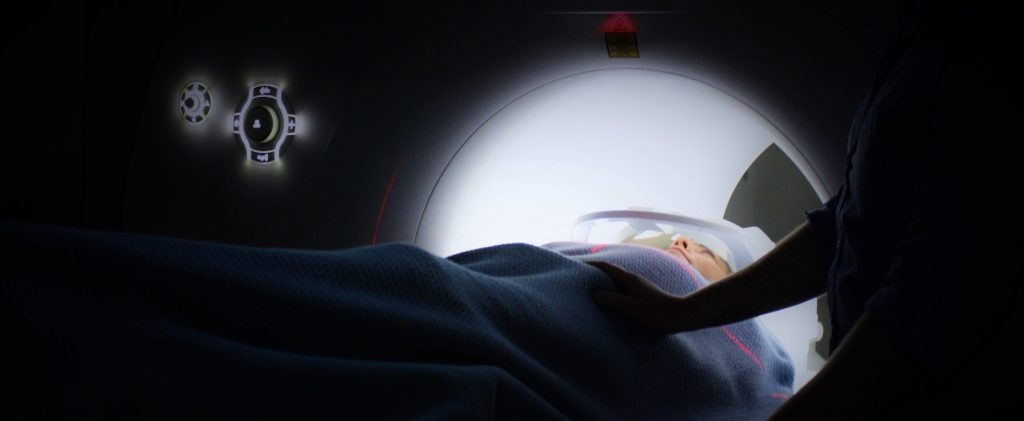
Having gone through the transition from paper to digital, it’s easy to imagine. Initially you think, ‘how do I do this?’ Then you say, ‘how did we do it with paper?’
There’s a period of adaptation that happens with new technology. Initially it adds little value and may even be dangerous. Ultimately, we learn, adjust and enjoy the benefits.
This concept learning to work with new technology isn’t new. 500 years ago the appearance of the printing press didn’t immediately drive the Protestant Reformation. People first had to learn how to read. Literacy and competency are necessary to leverage any technology. It doesn’t matter if you’re a doctor or a religious revolutionary.
There’s a health technology outcomes gap where the capacity of a tool is ahead of our ability to know how to make it work for us and our patients. The early outcomes associated with a new digital health tool tend to underrepresent its ultimate potential. It’s a strange inverse of Amara’s law which suggests that we overestimate the effect of a technology in the short run and underestimate the effect in the long run.
The space between digital health innovation and improvement in clinical outcomes needs attention and thought. The health technology outcomes gap is something leaders and innovators have to expect and learn to manage.
Modified image via Ken Treloar on Unsplash.